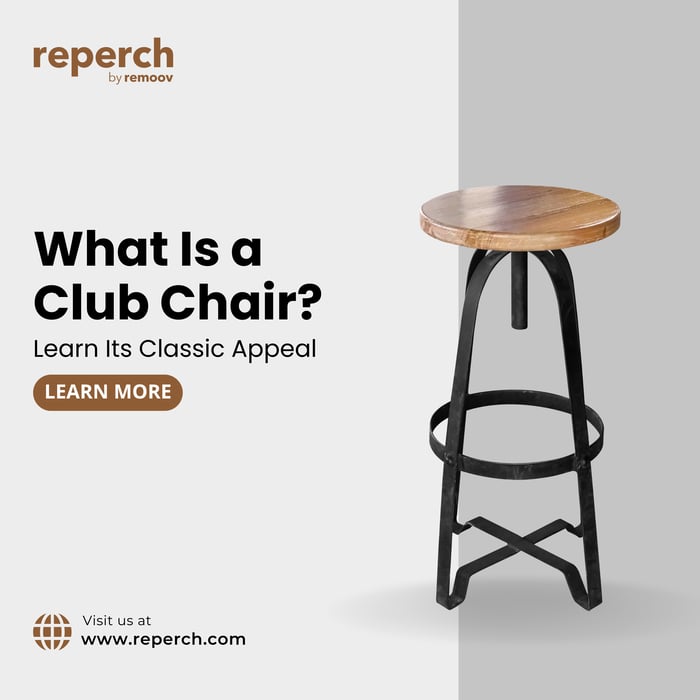Buying secondhand furniture is one of the smartest ways to decorate your home sustainably. You get quality craftsmanship, timeless design, and often better materials than most modern mass-produced pieces. But there’s one challenge every secondhand furniture shopper faces: making sure the piece actually fits.
It’s easy to fall in love with a vintage dresser or mid-century sofa online only to discover later that it’s too large for your hallway or too small for your living room. A visual fit-check helps you avoid those surprises. It’s all about combining smart measurement, spatial awareness, and proportion planning before you make the purchase.
Here’s how to get the sizing right every time when shopping for secondhand furniture.
Why Furniture Fit Matters More With Secondhand Pieces
When you buy new furniture, you can often customize the dimensions or return it if it doesn’t work out. Secondhand furniture, however, usually comes in one-of-a-kind sizes. That makes measuring and visualizing before buying even more important.
Getting the right fit means:
Comfort and flow: You can move around easily without bumping into corners or crowding walkways.
Balanced proportions: The piece looks visually right with the rest of your furniture.
Easy delivery: You can get it through doors, staircases, and hallways without struggle.
Long-term satisfaction: When a piece fits perfectly, it feels like it was made for your home.
Step 1: Start With the Room’s Purpose and Layout
Before you measure anything, think about how the room will function. Is your living room meant for lounging and conversation? Is your dining area also used as a workspace? Understanding this will guide your furniture choices.
Then, map out a quick layout. You can use:
Tape and paper: Draw your room to scale and mark where major furniture pieces go.
Masking tape on the floor: Outline where a new piece would sit. This gives you a true sense of scale.
Online tools: Simple floor planner apps can show you furniture proportions instantly.
This step ensures you’re not just measuring for fit but also for flow and functionality.
Step 2: Measure Your Space Accurately
Next, take detailed measurements of the room. A good fit starts with knowing your exact available space.
Here’s what to measure:
Length and width of the room.
Ceiling height.
Doorways, hallways, and staircases. These determine whether the piece can actually get inside your home.
Obstructions. Note any outlets, vents, windows, or radiators that may limit placement.
Write these down or keep them in your phone notes app so you can reference them while shopping.
Pro tip: When measuring for furniture height, remember to leave clearance above for wall art, shelves, or light fixtures.
Step 3: Check the Furniture Dimensions Carefully
Secondhand listings often include measurements, but it’s smart to double-check if they’re accurate or ask the seller to confirm. If the listing doesn’t include them, measure in person before purchasing.
The three key dimensions to note are:
Height (H): From the floor to the top of the piece.
Width (W): Side to side.
Depth (D): Front to back.
Compare these to your available space and leave a few extra inches on each side for breathing room.
Step 4: Think in Proportions, Not Just Inches
Size is only part of the story. A piece can technically fit but still look too bulky or too small. That’s where visual proportion comes in.
Consider visual weight
Visual weight refers to how heavy or light a piece appears based on color, material, and design. For example:
A dark wood dresser can feel heavier than a pale oak one, even if they’re the same size.
Sofas with exposed legs feel airier than ones with solid bases.
Match scale across furniture
If your room has a low-profile sofa and minimal coffee table, adding a tall, oversized bookcase might overwhelm the space. Keeping similar visual scales across pieces helps create balance and cohesion.
Leave breathing space
Avoid cramming pieces too close together. At least 18 inches between a sofa and coffee table, and 3 feet for main walkways, helps maintain comfort and flow.
Step 5: Use the “Visual Fit-Check” Technique
Now it’s time for the fun part: visualizing how the furniture will actually look and feel in your space.
Try these fit-check methods:
Tape it out: Use painter’s tape to mark the furniture’s footprint on your floor. Step around it to simulate how you’ll move in the room.
Use props: Stack boxes or cushions to represent the height of the furniture.
AR tools: Many online marketplaces and design apps now offer augmented reality previews that let you “place” furniture virtually in your room.
Mirror existing items: If you’re replacing an old sofa, measure it and compare directly with the new one to gauge the size difference visually.
Taking a few minutes to visualize prevents costly mistakes and helps you feel confident before buying.
Step 6: Plan for Delivery and Placement
One of the most common issues with secondhand furniture is getting it through the door. Before pickup or delivery, trace the full delivery path and measure everything along the way.
Key checkpoints:
Entryways, door frames, and stair landings.
Elevator clearance if you live in an apartment building.
Tight corners that might require tilting the piece.
If the furniture is large or heavy, check if it can be disassembled or if drawers can be removed to make transport easier.
Step 7: Adapt Your Space Sustainably
Secondhand furniture often has its own story and proportions, and that’s part of its charm. If something you love is slightly larger or smaller than your plan, think creatively instead of giving up on it.
Use multi-functional pieces like benches that double as storage.
Pair a vintage coffee table with a smaller rug to make the room feel balanced.
Add mirrors or light walls to make larger items appear lighter.
The goal is not perfection but harmony. When pieces feel like they belong, your space becomes more personal and inviting.
Why This Matters for Sustainable Living
A careful visual fit-check does more than prevent measurement mistakes. It supports sustainable design. By ensuring a good fit before you buy, you avoid unnecessary returns, transport emissions, and wasted furniture that ends up unused.
Every time you purchase a pre-owned piece that fits perfectly, you’re keeping quality materials in circulation and reducing demand for new manufacturing. That’s sustainability in action.
Final Thoughts: Measure Twice, Enjoy for Years
Finding the right-sized secondhand furniture isn’t about guessing or luck. It’s about taking the time to measure, visualize, and plan so your chosen piece enhances your home beautifully.
When you shop at Reperch, every item already has its dimensions clearly listed and verified, making your fit-check even easier. Whether you’re choosing a vintage armchair, a reclaimed wood table, or a timeless mid-century sofa, a few minutes of planning ensures it feels right at home the moment it arrives.
Shop Reperch today to discover high-quality, pre-owned furniture that fits your style, your space, and your values perfectly.








